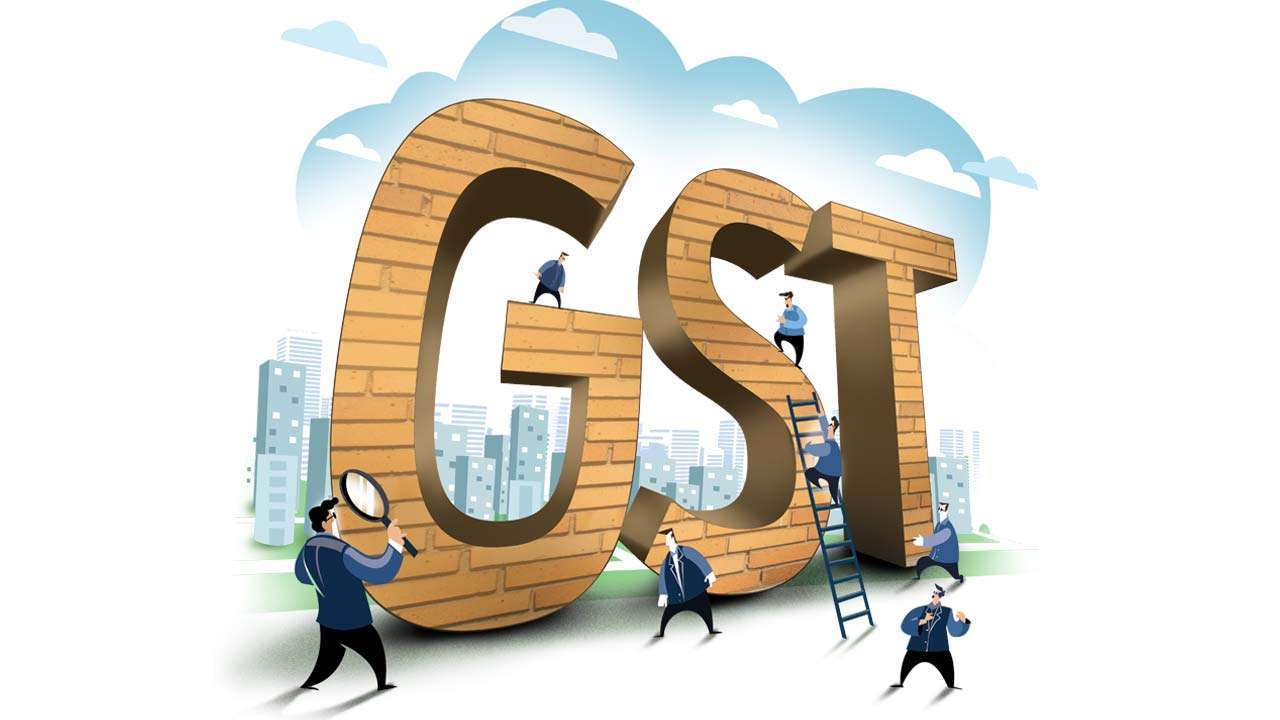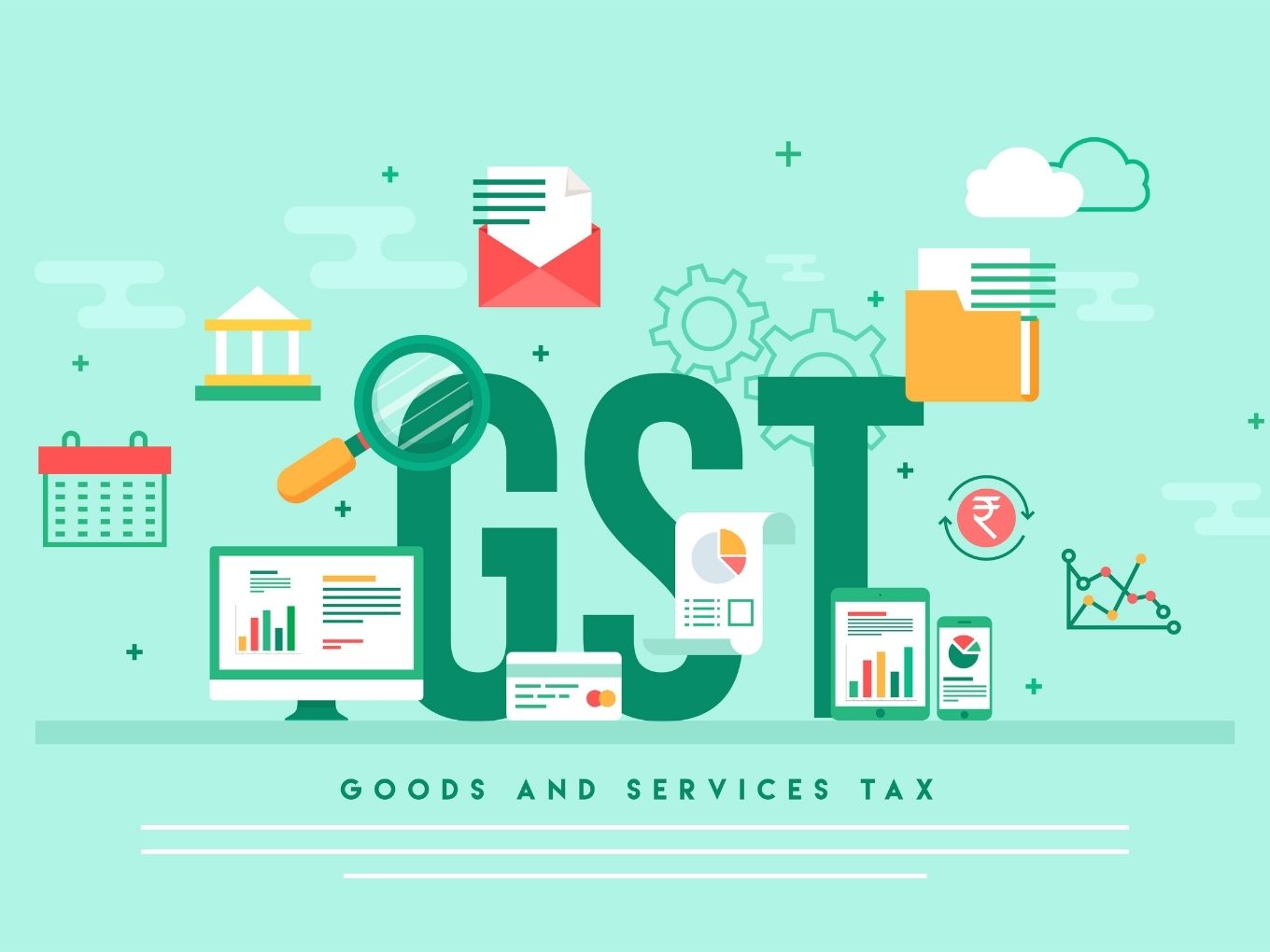Oct GST Receipts Surge 13% YoY, Achieving Second-Highest Level 2023

Oct GST Receipts Surge 13% YoY, Achieving Second-Highest Level 2023
Goods and Services Tax (GST) is a significant revenue source for governments around the world, including India. It is a consumption-based tax levied on the supply of goods and services, and its collection is a crucial indicator of a country’s economic health.
In a recent development, India’s GST receipts for the month of October have reached their second-highest level, showing a remarkable 13% increase compared to the same month the previous year.

This substantial growth in GST collections reflects various factors contributing to India’s economic recovery and fiscal stability.
October saw a 13% increase in total goods and services tax (GST) receipts to Rs 1.72 trillion. According to data issued by the finance ministry on Wednesday, this was the second-highest monthly mop-up since the introduction of the indirect tax in July 2017, which works to prevent tax cascades.
The gross GST mop-up for October was the second-highest since the indirect taxes scheme began in 2017.
In the first seven months of the current fiscal year, the gross GST mop-up was Rs 11.65 trillion, which is 11.4% more than it was in the same period previous year. As of now in FY24, the average monthly GST collected is Rs 1.66 trillion.

In addition to strong economic growth, particularly in the services sector, high inflation also played a significant role in the year-long strong GST mop-up. Additionally, the collections are anticipated to increase even more in the near future as the holiday season approaches.
After the settlement of Integrated GST (IGST) collections, the Central GST (CGST) and State GST (SGST) mop-up in October stood at Rs 72,934 crore and Rs 74,785 crore, respectively, of the total revenues.
Sixty percent of the Rs 81.16 trillion budget projection was collected in the form of CGST between April and October, totaling Rs 4.87 trillion. Additionally, for the same time frame in FY23, cumulative CGST collections made up 50.6% of total collections. It is evident from this that the actual CGST receipts for FY24 may surpass the Budget estimate (BE) by a significant amount.

October saw 12,456 crore in cess collections, bringing the total for the first seven months to Rs 82,957 crore, or 57.2% of BE. Additionally, for FY23, total cess receipts from April to October made up 57% of real mop-up.
The GST-liable transactions in September are mostly reflected in the October collections.October’s year-over-year increase in GST receipts was also the biggest in the previous ten months.
Several key factors have contributed to the impressive surge in GST collections for the month of October:
- Economic Recovery: The COVID-19 pandemic hit India’s economy hard, leading to disruptions in supply chains and a slowdown in economic activity. However, as the country has been gradually recovering from the pandemic’s effects, economic activity has picked up, leading to increased consumption and tax collections.
- Expansion of Tax Base: The government has consistently worked on expanding the GST tax base by bringing more businesses and sectors under the GST umbrella. This broader tax base ensures that a larger portion of the economy is contributing to tax collections.
- Improved Compliance: The implementation of the e-invoicing system and the simplification of the GST return filing process have significantly improved compliance among businesses. This has helped reduce tax evasion and boost tax revenues.
- Anti-Tax Evasion Measures: The government has also implemented strict measures to curb tax evasion and fraud. This includes the use of data analytics and artificial intelligence to identify tax evaders and take appropriate action.
- Demand Recovery: After a period of suppressed demand due to the pandemic, various sectors of the economy, such as manufacturing, services, and construction, have seen a rebound in demand. This has translated into higher sales and subsequently increased GST collections.
The surge in GST collections has significant implications for the Indian government’s finances. It provides a much-needed boost to government revenue, allowing for increased spending on essential services and infrastructure development.

With more funds at its disposal, the government can allocate resources to support economic growth and job creation, which is especially crucial in the post-pandemic recovery phase.
Additionally, higher GST collections can help reduce the fiscal deficit, which had widened during the pandemic due to increased government spending and reduced revenue.
A lower fiscal deficit is a positive sign for the economy, as it indicates responsible fiscal management and reduces the government’s borrowing requirements.
The increase in GST collections is not uniform across all sectors. Some sectors have performed exceptionally well, while others have faced challenges. Here is a brief sectoral analysis:
- Manufacturing: Manufacturing has witnessed a robust recovery, driven by strong demand for consumer goods and exports. Higher manufacturing activity has led to increased GST collections from this sector.
- Services: The services sector, including IT, hospitality, and entertainment, has gradually rebounded as restrictions related to the pandemic eased. Higher consumer spending in this sector contributed to increased GST revenue.
- Construction: The construction industry has shown remarkable resilience and growth, contributing significantly to GST collections. Infrastructure development projects have played a pivotal role in this recovery.
- E-commerce: The e-commerce sector has continued to thrive, with increased online shopping during the pandemic. This has resulted in higher GST collections from online sales.
The surge in GST collections for October, with a 13% year-on-year increase, is a positive sign for India’s economy. It reflects the country’s steady recovery from the economic challenges posed by the COVID-19 pandemic.
Factors such as economic revival, expanded tax base, improved compliance, and anti-tax evasion measures have all contributed to this remarkable achievement.

The higher GST collections will provide much-needed support to government finances, enable increased spending on vital sectors, and help reduce the fiscal deficit.
As India continues its journey towards economic growth and stability, these strong GST receipts serve as a promising indicator of its progress.




